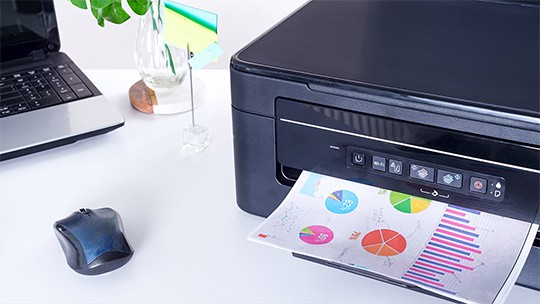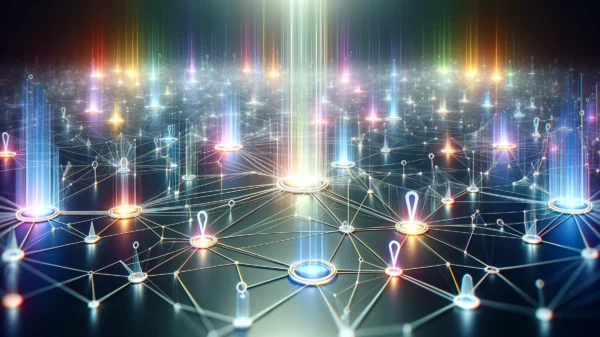Earthquakes can be devastating depending on their magnitude and the quality of building construction in the affected area. We have seen the destruction caused by the earthquake led tsunami in 2006. The earthquake in Nepal in 2015 is a testament to the havoc an earthquake can cause. In this scenario, it is heartening to note that it is possible to create an earthquake early warning (EEW) system using the GPS (Global Positioning System) on mobile phones.
The GPS receivers in a smartphone can detect the permanent ground movement (displacement) caused by fault motion in a large earthquake. In fact, according to a study conducted by a group of scientists from the US Geological Survey and other research centers, crowdsourced EEW could be achieved with only a tiny percentage of people in a given area contributing information from their smartphones.
How Does GPS Help to Detect Earthquakes?
With evolving technology and data updates, GPS navigation systems have become increasingly powerful. In the study by US Geological Survey, the researchers were interested in whether the GPS data our phones collect could be useful in earthquake detection as well. The researchers created a hypothetical data set of cellphone readings that would have been captured during a magnitude 7 earthquake on the Hayward fault in Northern California. They also looked at data recorded by state-of-the-art GPS-based earthquake sensors in Japan during the magnitude 9 quake in Tohuku in 2011, but used only what a phone would record and disregarded the rest.
Using both sets of data, the researchers tested whether the phones would be able to detect an earthquake if it occurred, pin down its location and determine its magnitude. One major challenge to using mobile phones to register an earthquake is that the phones are often in motion, as we carry them while driving or walking, and there may be a sudden jerk from a pothole or from tripping down the stairs. The researchers therefore came up with something called a trigger, basically a set of rules that would help distinguish between an earthquake and a bunch of phones on a bus being pushed around as the bus went over a speed breaker. The trigger for an earthquake was as follows: if a phone and 4 of its closest neighbors recorded the same amount of displacement at the same time, and the same was recorded by 100 phones in the same area, the EEW system would register an earthquake and send an alert to other communities.
Crowdsourced EEW is a Low Cost Alternative to Scientific Networks
The study showed that if around 5000 people in a large metropolitan area responded, the earthquake could be sensed and analyzed fast enough to issue a warning to the areas around the epicenter before the onset of strong shaking. The scientists found that the sensors in smartphones and similar devices could be used to issue earthquake warnings for earthquakes of approximately magnitude 7 or larger, but not for ones with a smaller magnitude.
Scientific-grade EEW, such as the U.S. Geological Survey’s ShakeAlert system that is currently being implemented on the west coast of the United States, will be able to help minimize the impact of earthquakes over a wide range of magnitudes. However, in many parts of the world there may be insufficient resources to build a high quality scientific network. Since mobile phones have become ubiquitous all over the world, crowdsourced EEW has significant potential.
According to Douglas Given, USGS coordinator of the ShakeAlert Earthquake Early Warning System, “The U.S. earthquake early warning system is being built on our high-quality scientific earthquake networks, but crowdsourced approaches can augment our system and have real potential to make warnings possible in places that don’t have high-quality networks”.
Jamie Reme is a marketing manager at The GPS Store, Inc., a GPS systems provider. Jamie likes to share about the latest developments in GPS technology.
















































































































































































